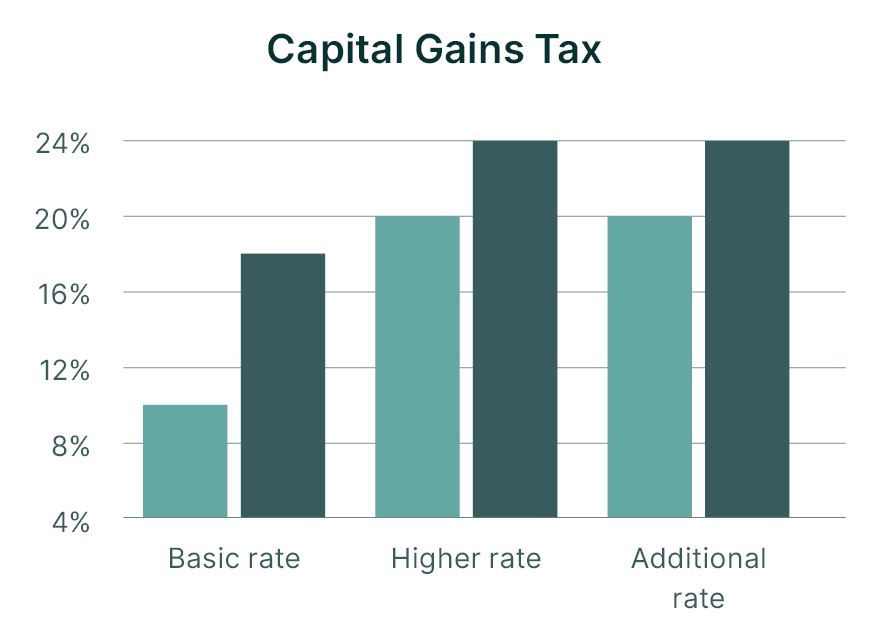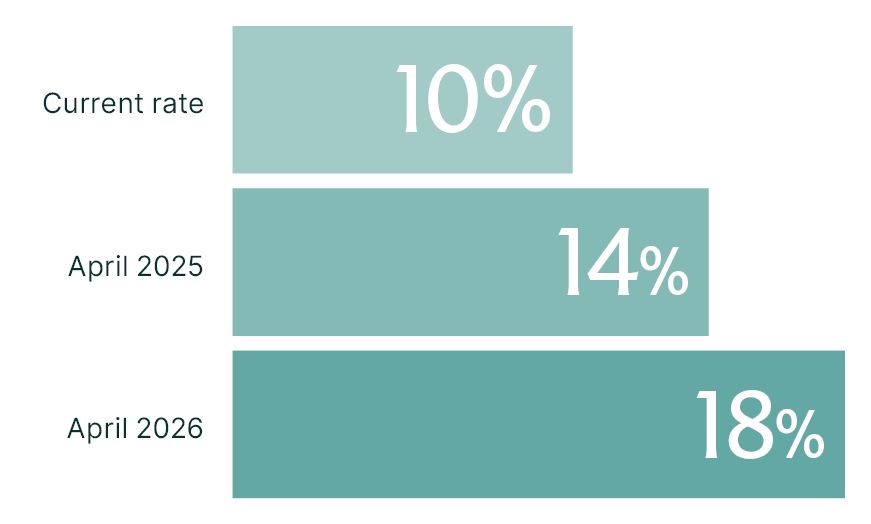The first Labour Budget for 14-years was preceded by a flurry of conjecture, rumour, and good old fashioned crystal ball gazing. In the end, what was delivered by Rachel Reeves could certainly have been ‘worse’ when compared to pre-Budget speculation, but it was no means short on immediate and long-term implications for our clients’ planning.
The UK faces a number of challenges and choices that can sometimes seem contradictory in their solution.
We have an aging population with increasing need for health and social care systems to support them as they get older, a declining birth-rate (which leads to a lower working age population to pay taxes which support those state systems), and a persistent issue around ensuring economy growth.
Aiming to raise an additional £40bn of tax revenues while ruling out amending the taxes that generate 75 per cent of annual tax inflows, meant that money had to come from left field.
Whatever your personal views as to the merits, or not, of how the Chancellor has sought to address these challenges, it has led to a number of changes around personal and corporate taxation which will affect how we work with clients to help them meet their lifestyle planning needs.
Here, our intention is to consider the headline changes from the Budget and look at what may need to change as part of your financial plans, and the questions that you and your Financial Planner will need to address in the coming months.
Inheritance tax
Changes
The main Inheritance Tax (IHT) nil-rate band and residence nil-rate band were both frozen at their current levels until 2030. This will mean that the main nil-rate band will not have increased since the 2009/10 tax year. 21 years of a fixed allowance, in a world where increasing asset values have meant an increasing number of estates need to grapple with this part of the tax system.
While the total number of estates that are expected to not have an IHT liability still holds fairly static at around 95% according to the latest figures, this will be little comfort to those who are affected by the tax. And with other changes announced during the Budget (spoiler warning) then more estates are likely to be pulled into this tax in future years.
Business and Agricultural Reliefs
It was announced that from April 2026, rather than 100% relief (so 0% IHT effectively) on assets that qualify for either of these two reliefs, the first £1m would retain the 100% relief, and then assets above this would receive 50% relief – or be taxed at 20%.
However, a slight sting in the tail was saved for assets such as AIM shares, where they will only receive the 50% relief for all values. This will greatly reduce the IHT benefit of such investments.
How will this factor into your plan?
In general we would always advise clients to consider whether gifting assets now is feasible and in line with their wishes. This is not always possible, and other options exist, but being able to see the positive outcomes of a gift is certainly something to not be underestimated.
For those affected by the changes to business and agricultural reliefs, then we can explore simple options such as taking out insurance to cover the liability on business assets to ensure there is not a forced sale to pay an IHT bill.
For married couples, the full relief (applying to the first £1 million per individual of Business Relief or Agricultural Relief assets) cannot be transferred to the survivor on death. Couples could consider the use of a Business Relief Trust to retain the £1 million relief on first death, allowing the potential for the full £2 million of relief to be utilised.
If you have already invested in Business Relief schemes to help mitigate IHT, then your adviser will be discussing this with you as part of your next planning meeting to ensure that you are fully aware of what these changes mean to your situation, and explore what options or changes may be needed, if any.
Pensions
Changes
One of the biggest impacts from Budget day was the announcement that from April 2027, unused pensions would be considered as part of an estate for Inheritance Tax purposes. This will include most pension types and benefits that would be payable on death, other than spouse/partner benefits.
This is intended to address what was always an anomaly of the Pensions Freedom changes in 2015. Since those changes, for a large number of people, their pension has become the chief means by which to plan, and mitigate, for Inheritance Tax. As such we have seen a shift away from “pensions being for retirement income”, towards a situation where pension plans were the last plan to be used.






